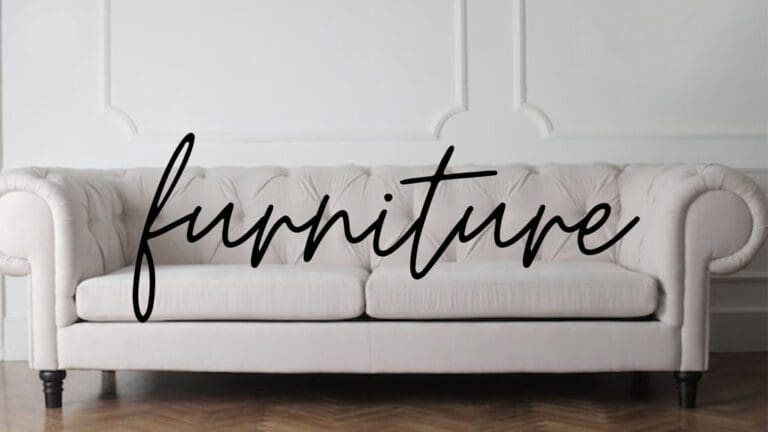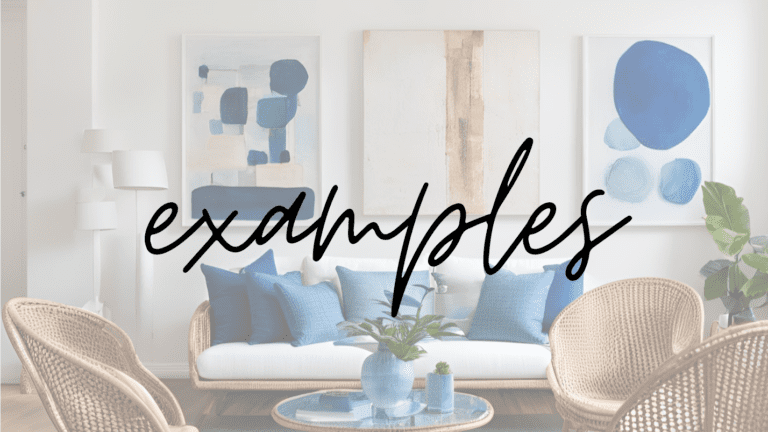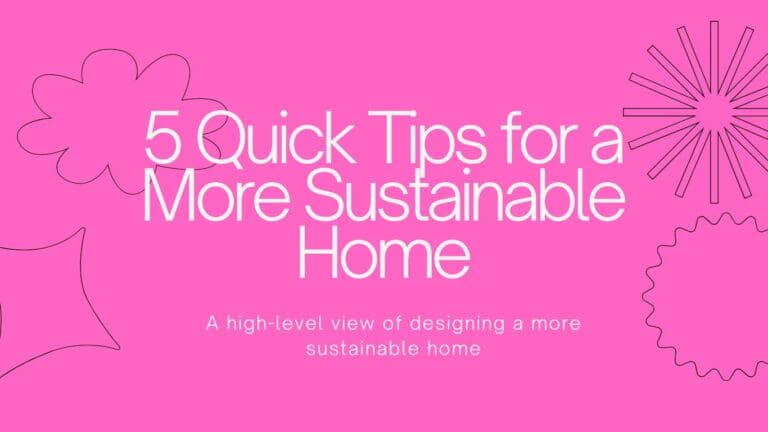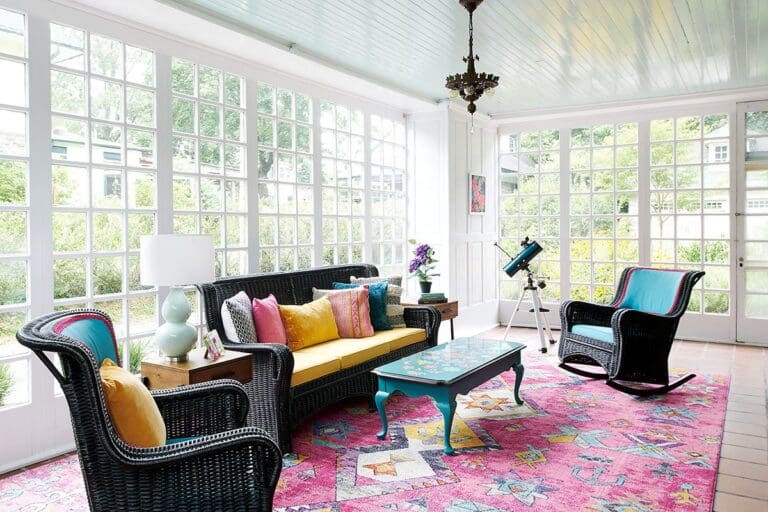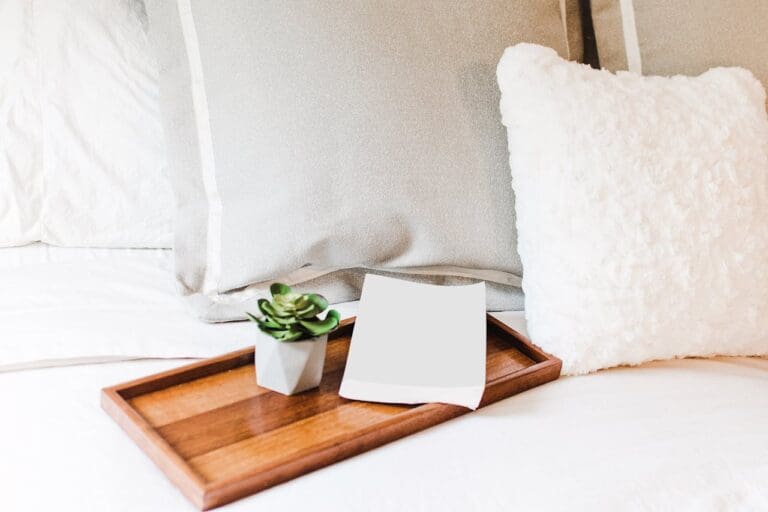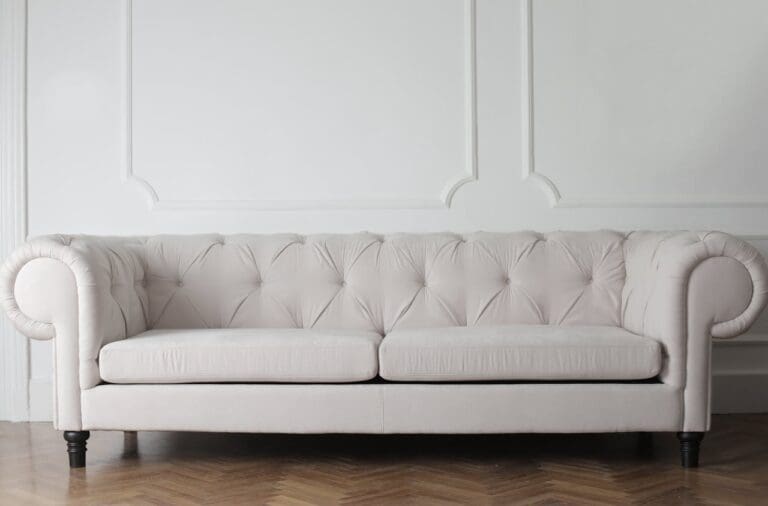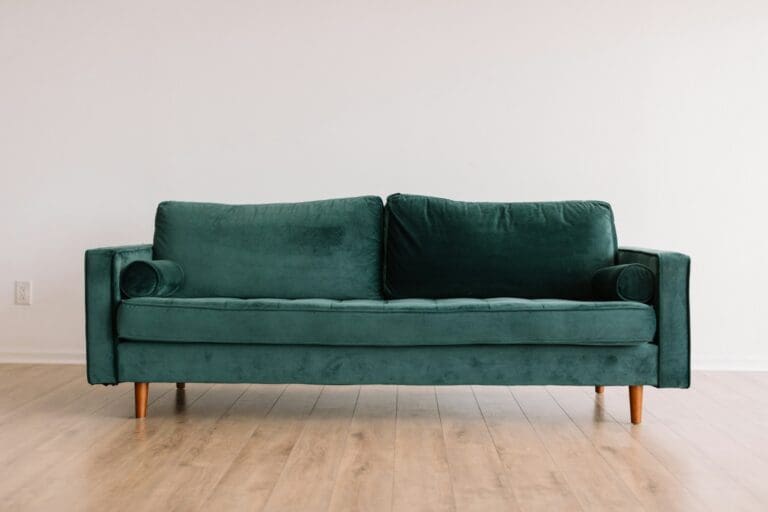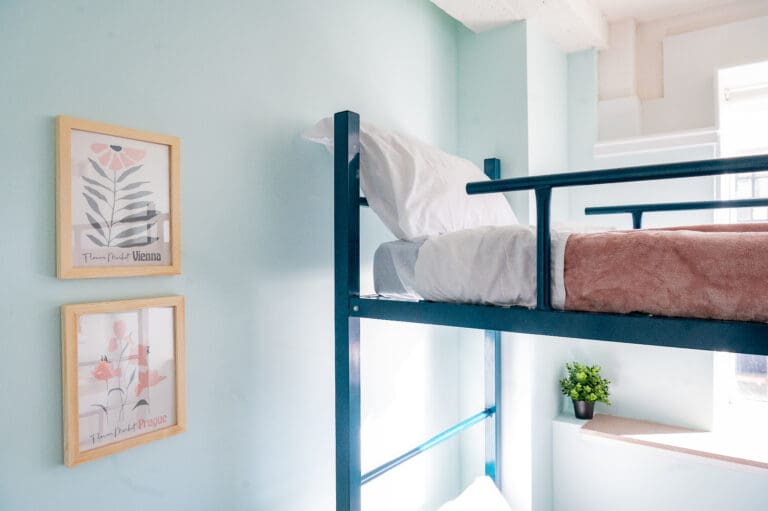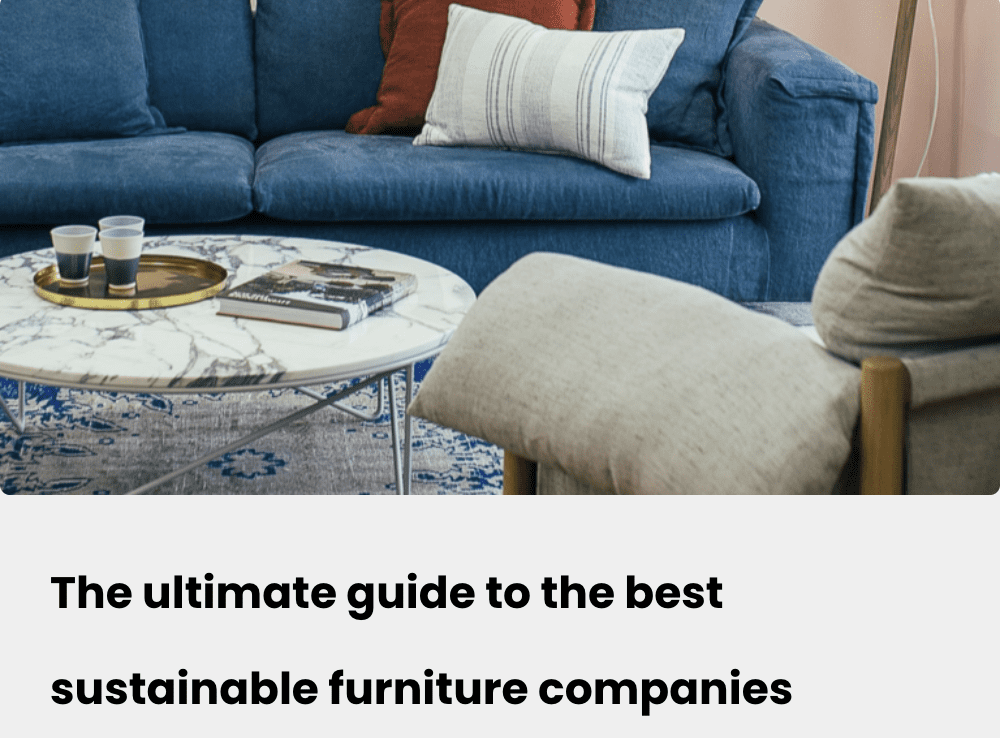The Home Green.
Inspiring beautiful spaces we can all live with.
You deserve a home that you feel good in and about.
The Home Green is focused on helping you create a space that is uniquely and sustainably you. It’s never been easier to live in a space surrounded by beautiful and meaningful things. Furniture manufacturers, textile producers, paint makers, and many more are taking up the charge to create sustainable decorating options.
Sustainable interior design for real living
Many of us want a world with clean air, good health, and beautiful outdoor spaces, yet we may not think about making decisions that further these goals when we design and decorate our homes. Interior design can impact the health of the people in your home, the future of the planet, and the well-being of people across the globe. Sustainable interior design is all about making sure that the choices we make for our homes are as positive as possible.
At The Home Green, we celebrate all aspects of sustainable interior design and aim to inspire you with what is possible in your own home. Some of the themes of sustainable interior design that we regularly dig into include:
Interior design can be a great vehicle for self-expression — considering how your home design aligns with your personal values can be part of creating a space that is truly you. We hope you'll find inspiration here that helps you create that unique and beautiful space.
Recent Content on Sustainable Interior Design
10 ways to bring sustainable interior design into your home
1. Support companies who prioritize sustainability
One of the easiest ways to contribute to a greener planet is to support companies making sustainability commitments. By exercising this kind of conscious commerce you show corporations that there are people who will prioritize spending their dollars with responsible companies.
2. Invest in good, sustainable furniture
This is an area where I have all too much experience doing the wrong thing – prioritizing the short-term need versus the best long-term solution. It’s tempting to hop online, sort by price, and buy the cheapest thing that meets our needs. I wish I knew then what I know now, which is that all too often, that cheap, flat-packed furniture is a temporary band-aid that can’t survive a move or even daily wear and tear. I could have found a much better option if I saved my pennies or looked around at sales or second-hand options.
If you're interested in learning more about how sustainable furniture, check out a few of our resources, below.
3. Avoid things that are too trendy
Especially when it comes to larger, more expensive, and bigger footprint items, try to select timeless pieces that are more likely to be something you’ll like for years to come. This means avoiding a trendy pattern or color for your sofa or a finish that is difficult to change in the future. This doesn’t mean your home has to be boring – mid-century modern is one of the most exciting and timeless styles in homes today. Just try to avoid avocado green.
4. Hire a sustainable interior designer
More and more designers are becoming aware of sustainable options and there are a growing number who are becoming experts in this area. If you’re planning to start a home design project, check out our list of sustainable interior designers and see if there might be one whose style matches what you are looking for.
5. Simplify
This is probably the hardest tip for me, if I’m being honest, but also potentially the most effective. If I can win the battle with my inner pack rat, I find that if there’s less coming in, it means less cleaning, managing, and organizing. Ultimately, this means more time and energy for the things that make me the happiest.
6. Consign or donate
Help fuel the second-hand market by consigning or donating items you no longer need. There are usually an abundance of local options and now so many online options that there is bound to be something to meet your needs.
7. Repair and refurbish
Resist the temptation to just pitch things that aren’t working perfectly. I can’t tell you how many times we’ve had an appliance break and my husband was able to fix it by watching a video on youtube. (It also helps if you have someone handy in your household, but he has no formal appliance training so I’m sure it’s within the realm of possibilities for others.)
8. Consider efficiency
And speaking of appliances, consider the efficiency of the items in your home. Energy Star, LED light bulbs, thermal window coverings, and weatherproofed windows and doors are all great tools for making sure you’re getting the most bang for your energy buck.
9. Know where your things come from
Companies who are prioritizing sustainability tend to be excited to talk about their processes and the materials they use. Dig in a little to understand what went into the creation of the products that come into your home and make those responsible companies your first stop when you need new things.
10. Follow The Home Green
Shameless plug alert! In all seriousness, our goal is to be a resource to help you to find the best ways to create a beautiful home. Hopefully, the information in this article gives you hope that it is possible to create a home that doesn’t make you compromise your style or ethics.
Free tips and inspiration in your inbox!
Enter your email address below to receive the latest news from The Home Green. By signing up to subscribe, you consent to our terms & conditions and privacy policy.
FAQs about sustainable interior design
Sustainable interior design is an approach to creating indoor spaces that prioritize environmental responsibility and resource efficiency throughout a building's lifecycle. This involves considering the environmental impact of design choices, from sourcing materials, to the usage and eventual disposal of products.
Key elements can include:
- Opting for eco-friendly options, renewable resources, and recycled materials
- Prioritizing durability to reduce the need for frequent replacements
- Energy efficient strategies like maximizing natural light, utilizing energy-efficient lighting systems and appliances, and implementing water-saving fixtures to conserve resources
- Maintaining indoor air quality through proper ventilation and the use of non-toxic materials to minimize indoor pollutants
- Embracing a minimalist approach to reduce consumption and clutter
- Local sourcing to support communities and reduce transportation emissions
- Ethical production and sourcing practices
Overall, sustainable interior design is about creating spaces that are not only beautiful and functional but also environmentally responsible and beneficial to the health and well-being of the people who occupy them.
Sustainability may not always be top of mind when we decorate our homes, but the impact that interior design has on the planet can be significant. Some surprising facts that attest to this fact include:
- The EPA estimates that over 12 million tons of furniture alone end up in landfills each year
- Buildings, including their interiors, account for approximately 30% of global energy consumption
Deforestation and forest degradation is the second leading cause of carbon pollution, causing 20% of total greenhouse gas emissions
Beyond the impact that design choices have on the planet, they can also impact the health of the people in your home and the well-being of people across the globe. Improved indoor air quality, natural lighting, and biophilic elements create comfortable and inspiring spaces that support overall wellness. Ethically, embracing sustainable design reinforces the importance of corporate responsibility. Considering the sustainability of our interior design choices helps ensure that we leave a habitable environment for future generations and supports cultural values of environmental stewardship.
When we think about sustainable interior design, the benefits to our planet are often top of mind but are not the only benefits to consider. The advantages of sustainable interior design also include environmental, economic, and health benefits to people across the globe.
Environmental benefits of sustainable interior design
- Resource conservation: Eco-friendly interior design emphasizes the use of renewable resources, reducing the consumption of non-renewable materials. This includes using materials like bamboo, reclaimed wood, and recycled metals.
- Reduced waste: By prioritizing recycled and upcycled materials, sustainable interior design helps minimize waste sent to landfills. Choosing products with minimal packaging or opting for materials that can be recycled at the end of their lifecycle can help minimize unnecessary waste.
- Lower carbon footprint: Sustainable practices often involve sourcing local materials to reduce transportation emissions. Additionally, using energy-efficient appliances and lighting helps decrease overall energy consumption and greenhouse gas emissions.
Economic benefits of sustainable interior design
- Cost savings: Although some sustainable materials may have higher upfront costs, they often lead to long-term savings. Energy-efficient appliances and lighting reduce utility bills, and durable materials decrease the need for frequent replacements and repairs.
- Increased property value: Properties with sustainable design features can be more attractive to buyers and tenants, potentially leading to higher property values and rental rates.
- Eligibility for incentives: Many governments and organizations offer tax credits, rebates, and other financial incentives for incorporating eco-friendly interior design practices in building and renovation projects.
Health benefits of sustainable interior design
- Improved indoor air quality: Sustainable interior design prioritizes the use of low-VOC (volatile organic compounds) materials, which help reduce the presence of harmful chemicals in our homes. This can lead to healthier living spaces and reduce the risk of respiratory issues and allergies.
- Natural light and ventilation: Sustainable interiors often emphasize natural lighting and proper ventilation, which can improve occupants' mood, productivity, and overall well-being.
- Non-toxic materials: By avoiding harmful substances found in conventional building materials, eco-friendly interior design ensures that interiors are free from toxins that can negatively impact health.
Social and psychological benefits of sustainable interior design
- Enhanced well-being: Eco-friendly interior design often incorporates biophilic elements, such as plants and natural materials, which can enhance mental health and create a more calming and pleasant environment.
- Community and social responsibility: Choosing sustainable interior design reflects a commitment to environmental stewardship and social responsibility, helping the design of your home align with your personal values.
- Educating and inspiring others: Eco-friendly interior design can serve as a model for others, encouraging more widespread adoption of eco-friendly practices in the community and industry.
Sustainable interior design is not only about reducing environmental impact but also about creating healthier, more cost-effective, and aesthetically pleasing living spaces. By embracing these principles, designers, and homeowners can contribute to a more sustainable future while enjoying numerous other personal benefits.
Interior design can significantly impact both our global and local environments. One of the biggest ways in which interior design can positively or negatively impact the environment is through waste.
Building and renovation projects and furniture disposal are two areas that generate a lot of landfill waste each year, but there are ways to lower these negative impacts through eco-friendly interior design choices. Waste reduction can be achieved by recycling and reusing materials, opting for durable designs, and minimizing the need for frequent renovations.
It’s important to note that furniture, materials, and other home goods can have an impact on the planet before they even get to your home. Before items even get to your home, the materials they are made out of and the distance they have to travel can impact their overall sustainability. Local sourcing of materials and utilizing local craftsmanship can reduce the carbon footprint and support your neighbors.
Natural resources are another element of waste that can be impacted by interior design choices.This includes energy which can be offset by energy-efficiency tactics like incorporating natural light, energy-efficient lighting, proper insulation, and smart home technology. Water consumption is another area where some thoughtful interior choices can make a big difference. This can be as simple as installing water-efficient fixtures or a more comprehensive solution like rainwater harvesting or a gray water system.
By making eco-friendly interior design choices, such as reducing waste, sourcing materials locally, and enhancing energy and water efficiency, we can significantly diminish our environmental impact. Embracing eco-friendly practices in interior design not only benefits the planet but also supports local economies and promotes a healthier, more sustainable lifestyle.
Sustainable home design and sustainable interior design share the common goal of reducing environmental impact and promoting healthier living spaces, but they are a bit different in their scope and focus.
Sustainable home design encompasses a holistic approach to building, considering the entire structure, its systems, and its interaction with the surrounding environment. This includes elements such as the building envelope, structural systems, energy and water systems, site design, and overall layout. Sustainable home design aims to minimize resource consumption, optimize energy efficiency, and utilize renewable energy sources. It involves strategic decisions regarding insulation, window placement, orientation for passive solar heating and cooling, and the integration of renewable energy technologies like solar panels or wind turbines. Sustainable home design often incorporates features like rainwater harvesting systems, greywater recycling, and landscaping with native plants to reduce water usage and promote biodiversity.
In contrast, sustainable interior design focuses specifically on the interior spaces and elements within an existing structure. This includes considerations such as materials and finishes, furniture and decor, lighting and appliances, indoor air quality, waste reduction, and water efficiency. Sustainable interior design seeks to minimize the environmental impact of interior spaces by selecting materials that are non-toxic, low in volatile organic compounds (VOCs), and sustainably sourced. It also involves choosing energy-efficient appliances and lighting, implementing strategies to improve indoor air quality through ventilation and the use of air-purifying plants, and reducing waste through careful material selection and recycling programs.
While sustainable home design often involves major construction or renovation projects that can significantly alter the structure of a building, sustainable interior design can be implemented within existing spaces without major structural changes. Both approaches contribute to creating healthier, more environmentally friendly homes, but they address different aspects of the built environment. Sustainable home design focuses on the overall building performance and its relationship with the surrounding ecosystem, while sustainable interior design emphasizes the interior elements and practices that directly impact the health and well-being of occupants.

